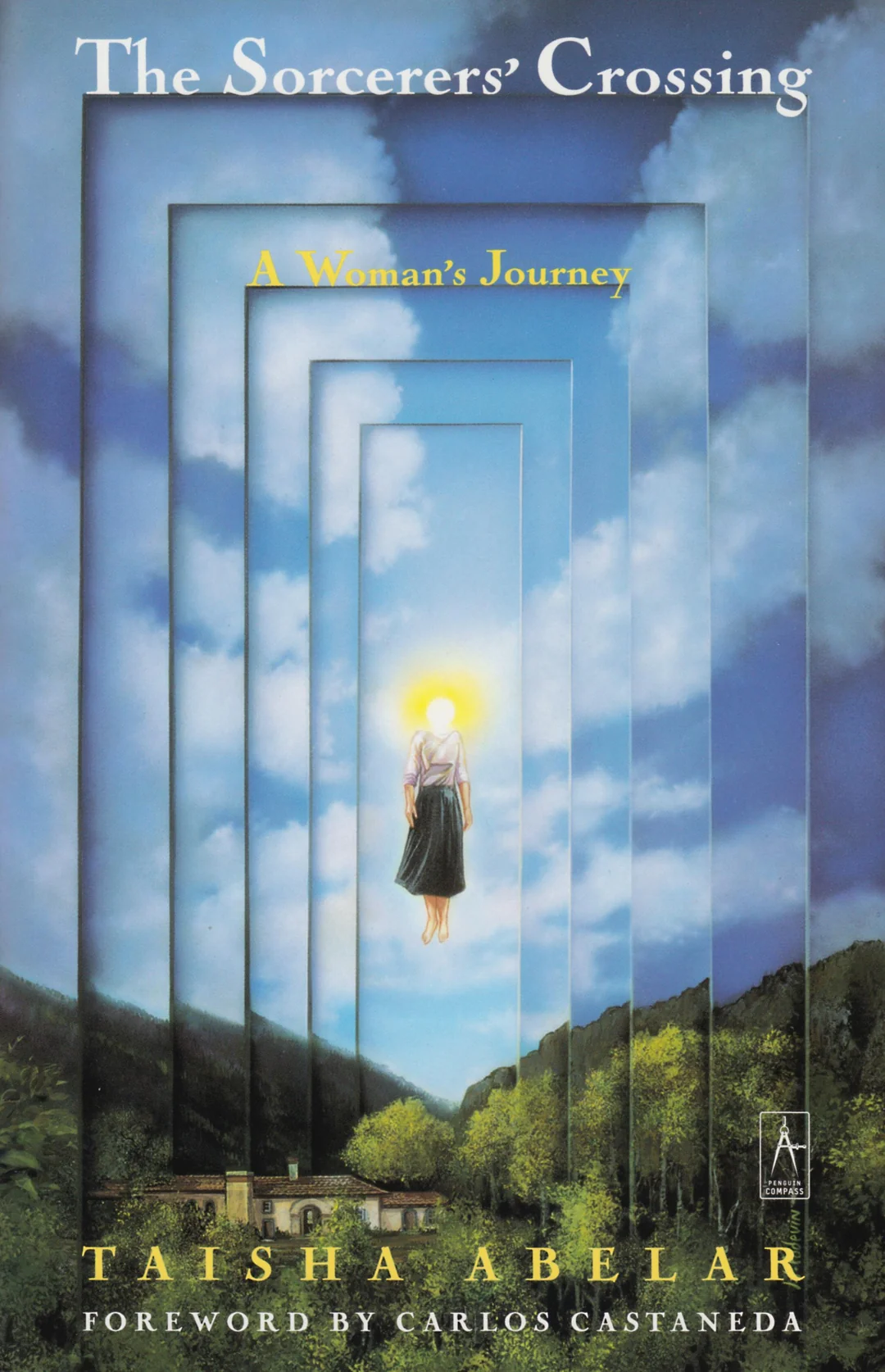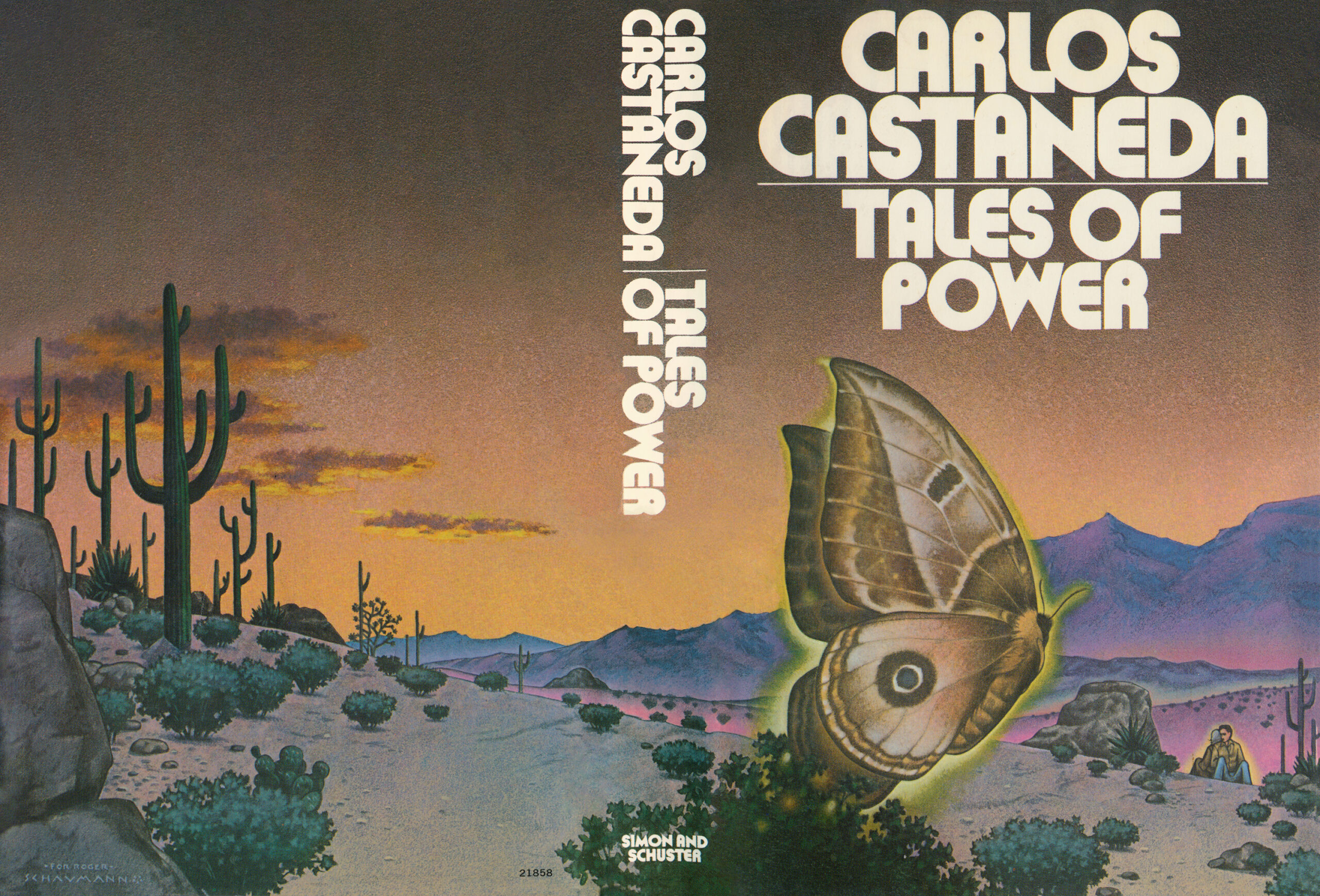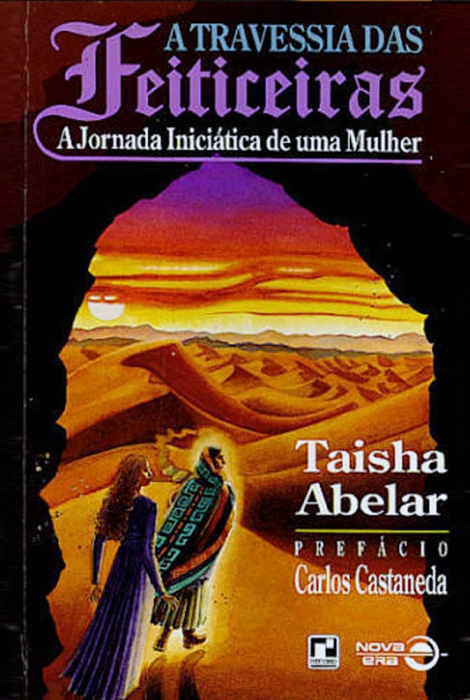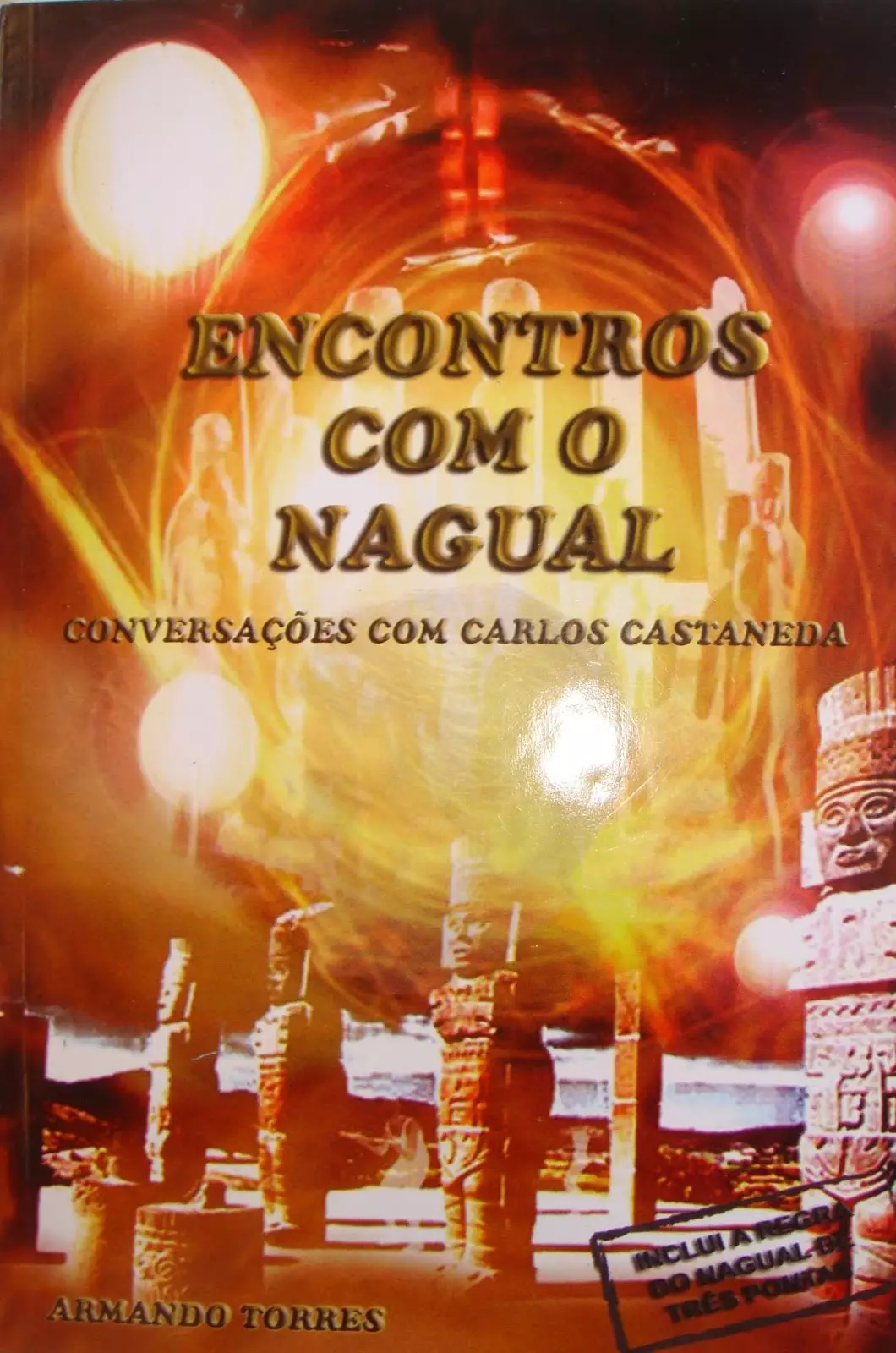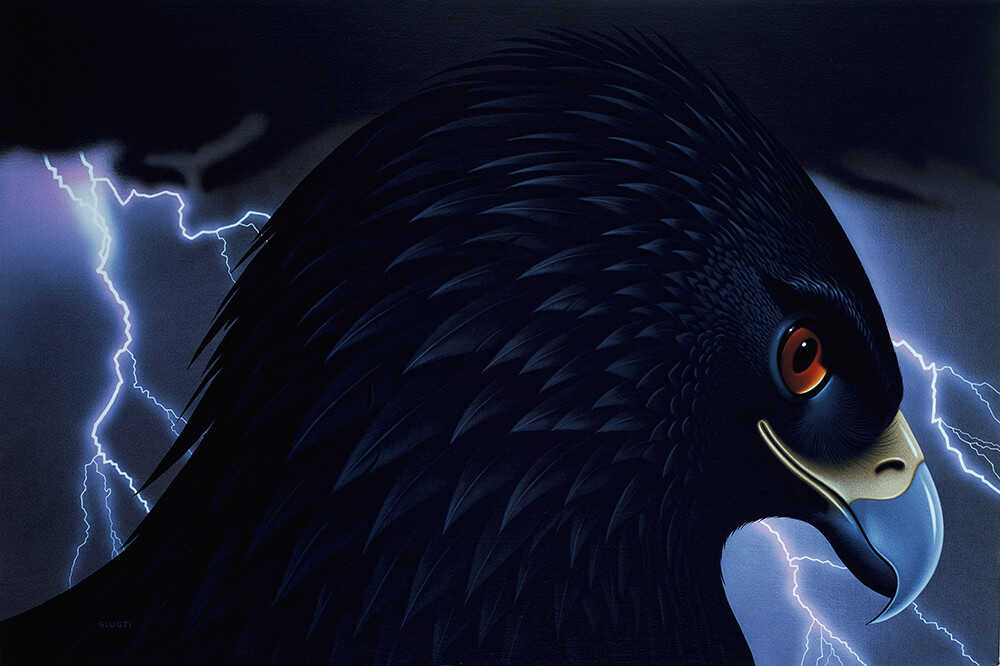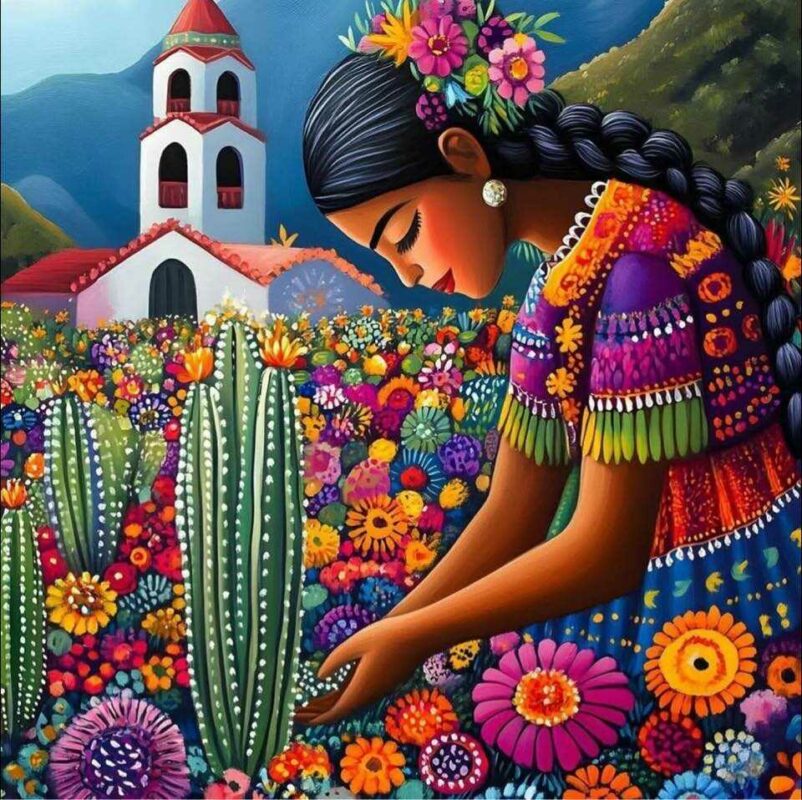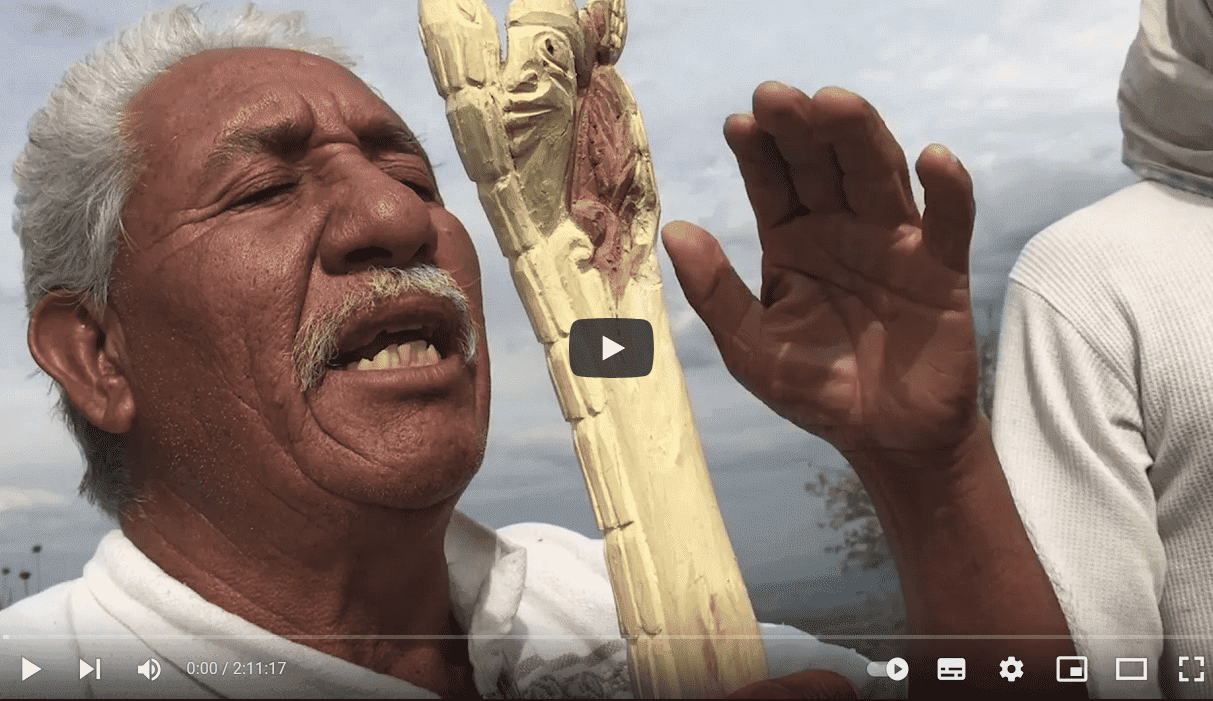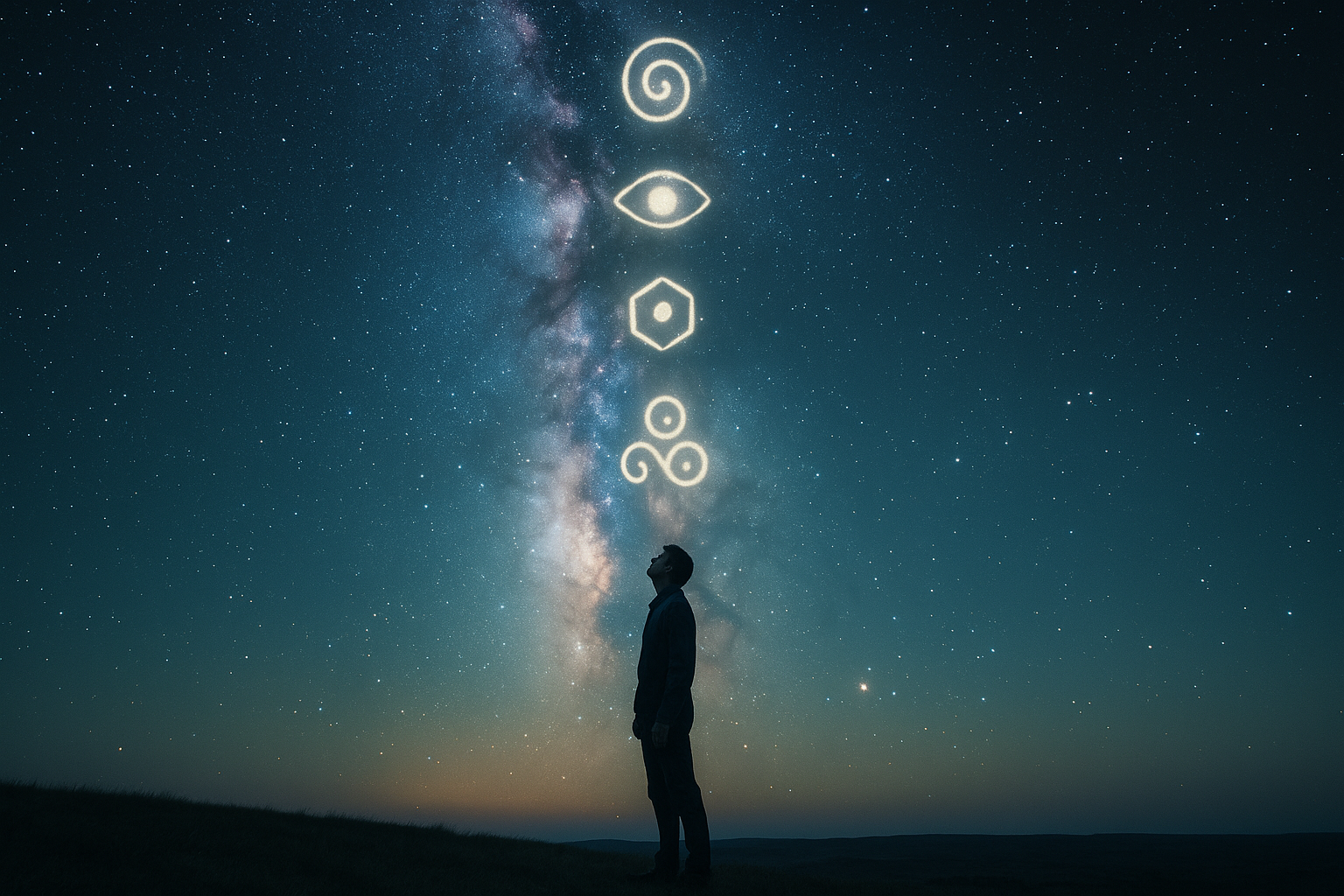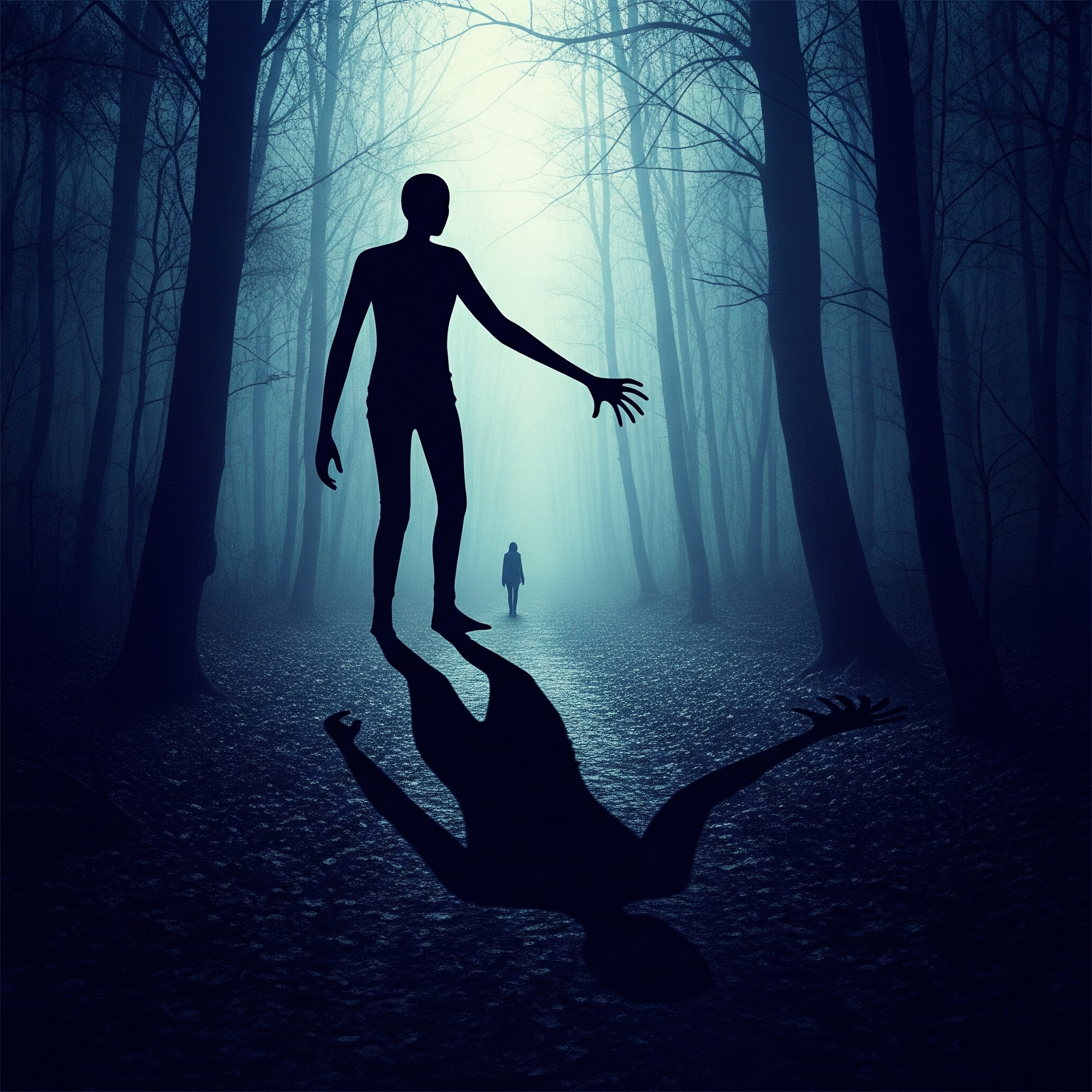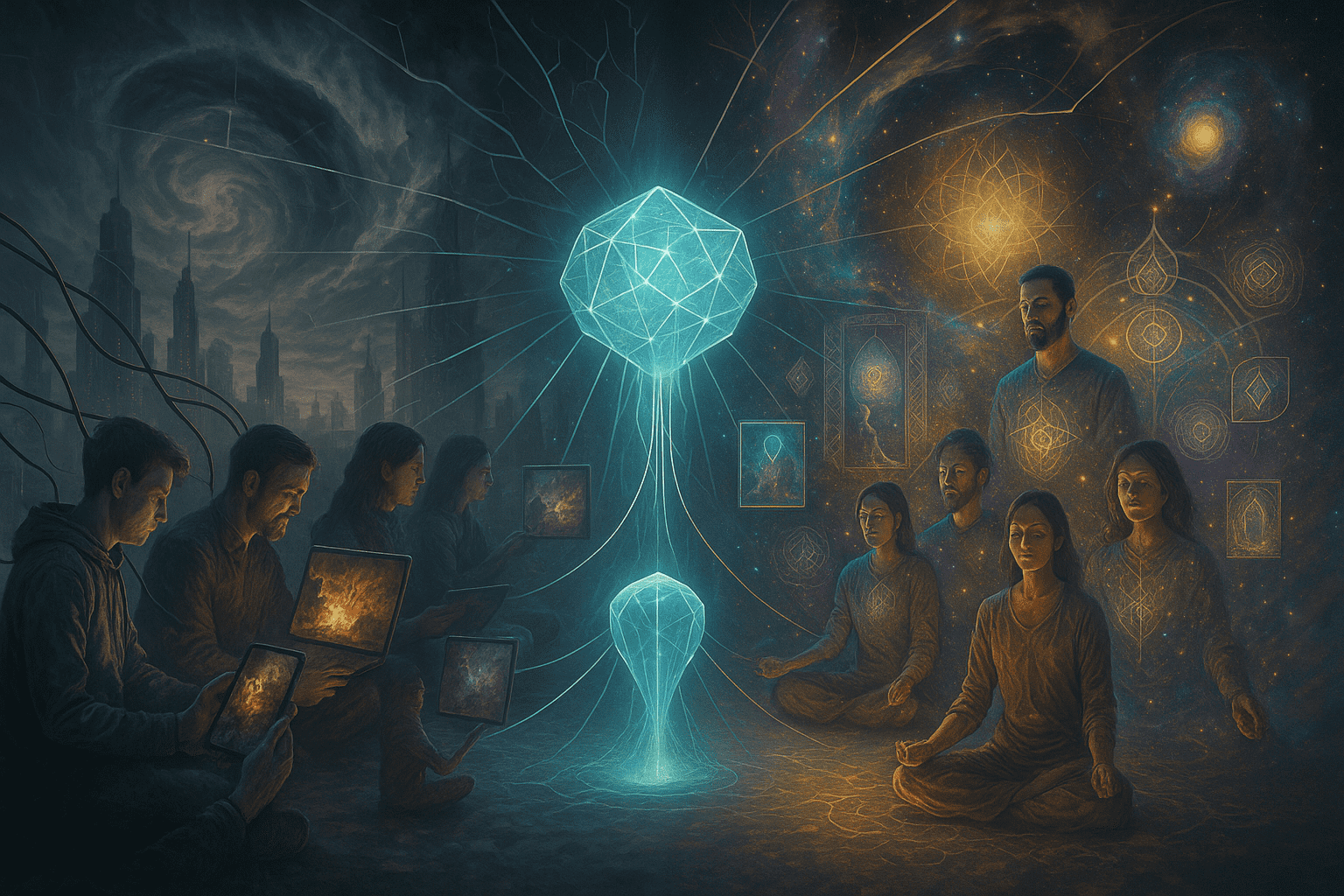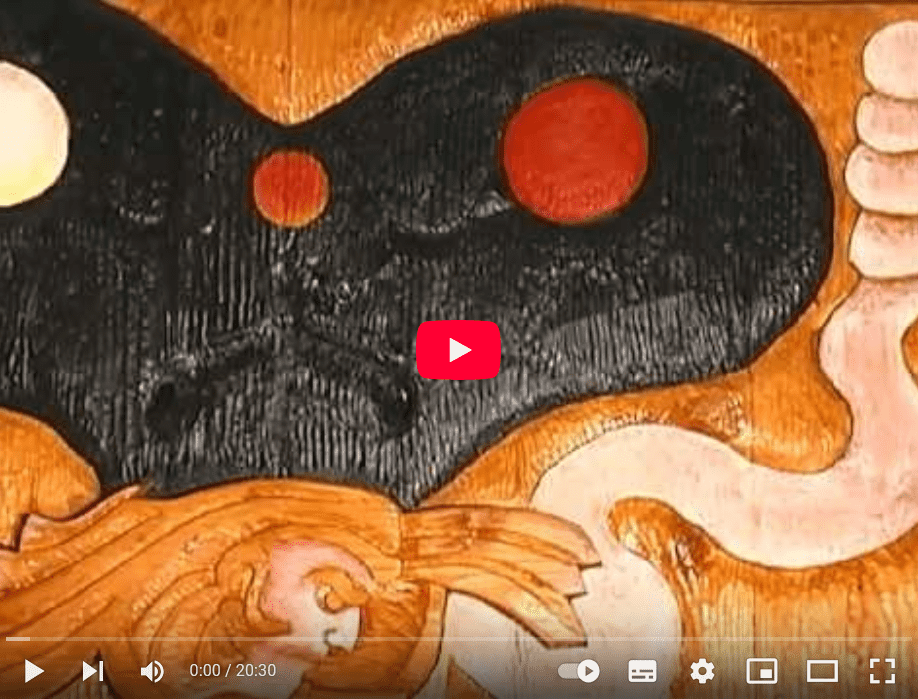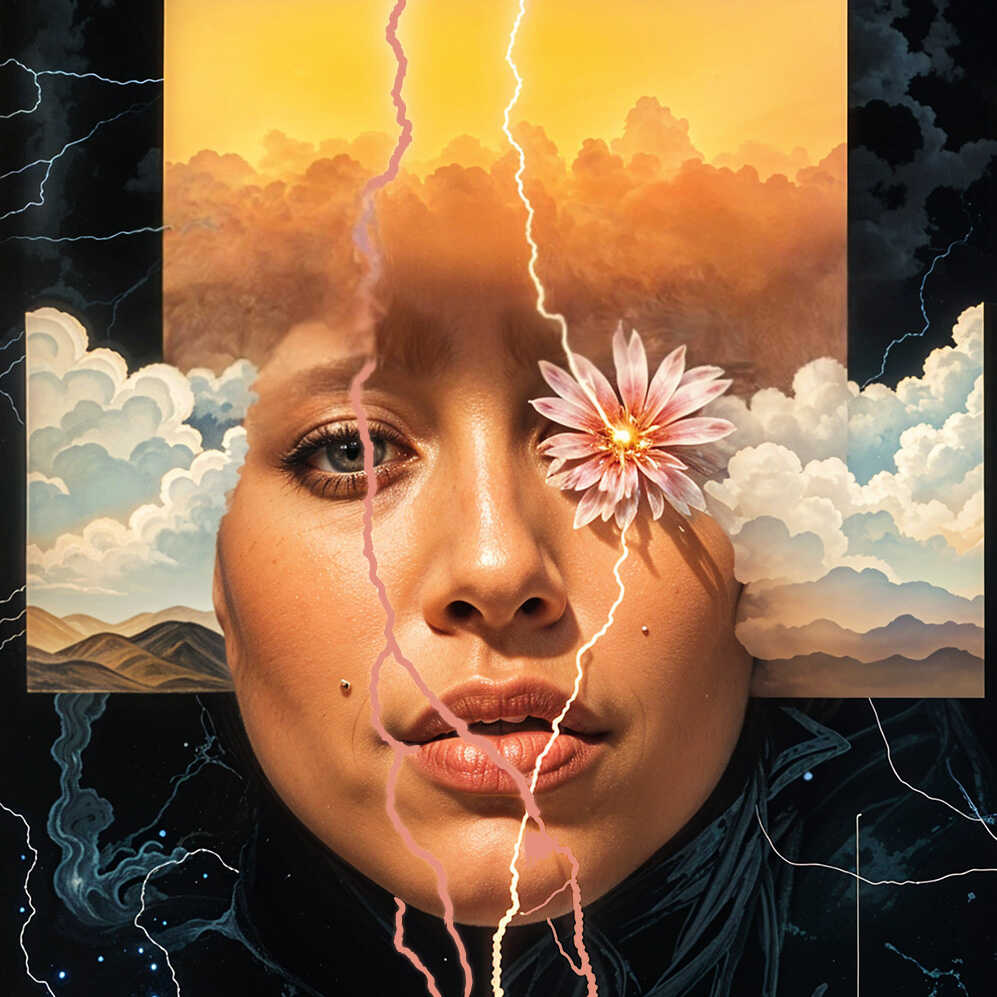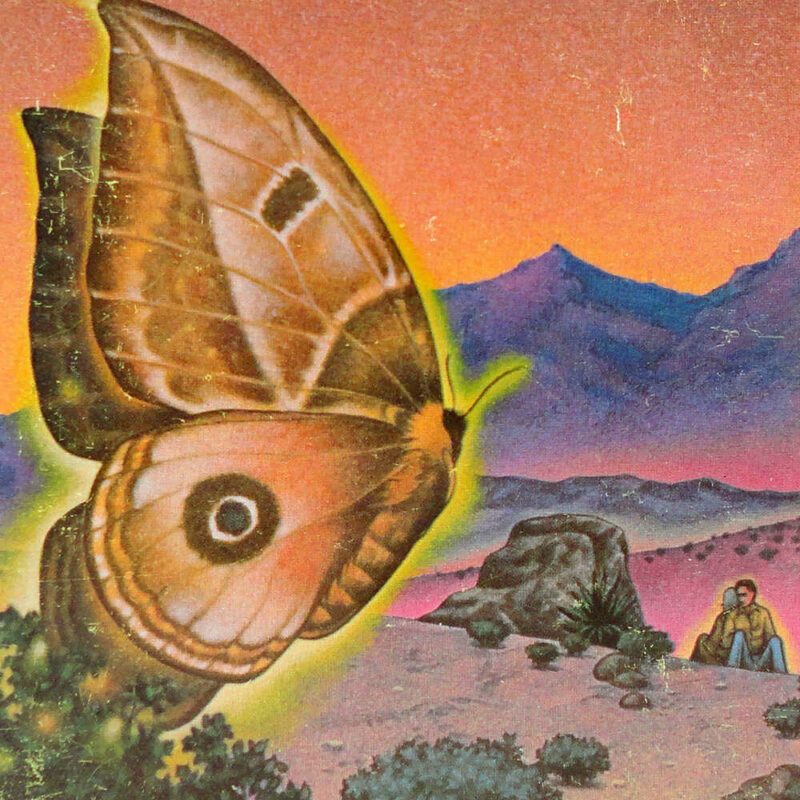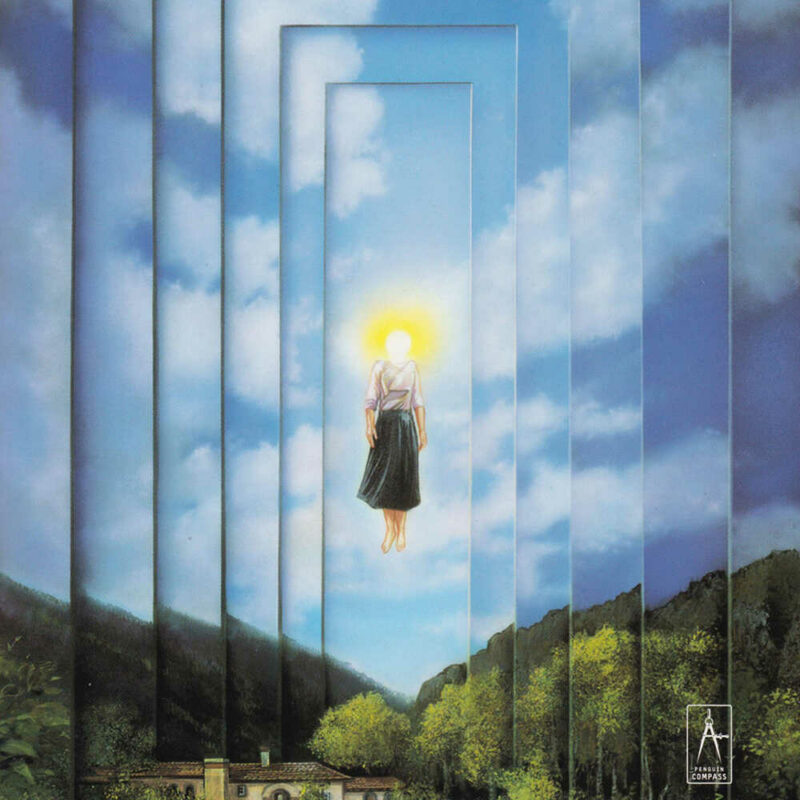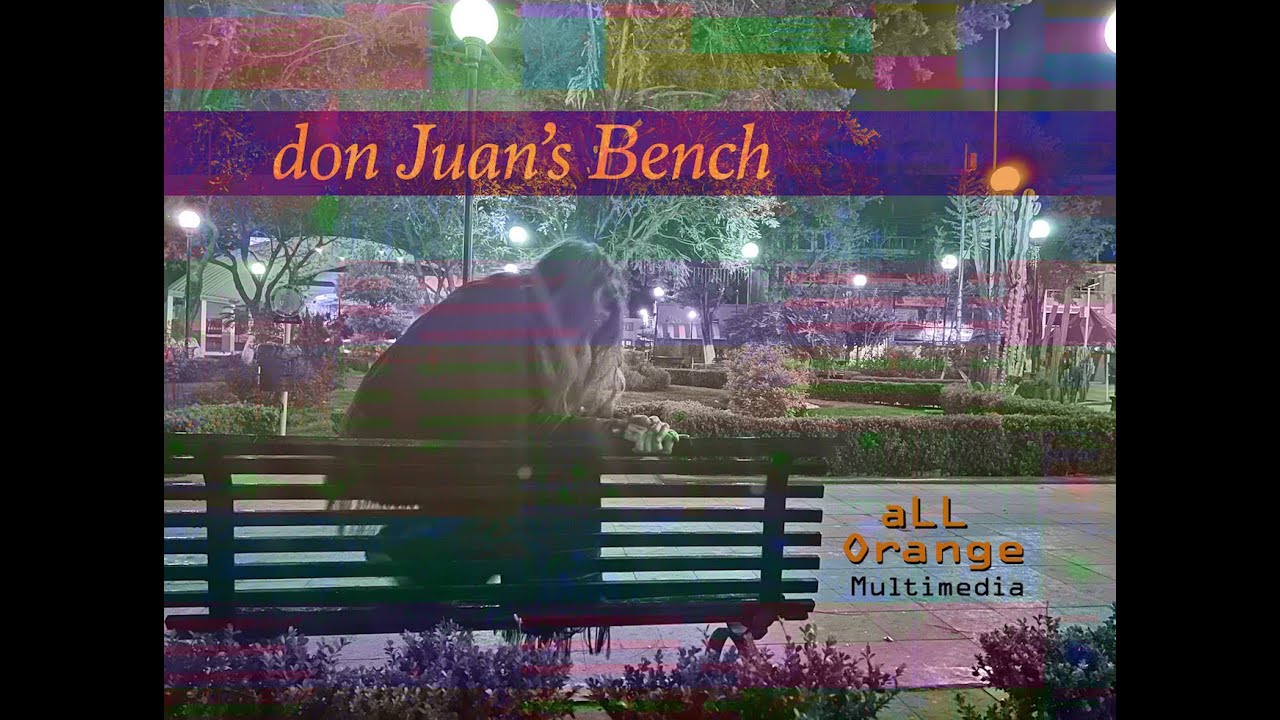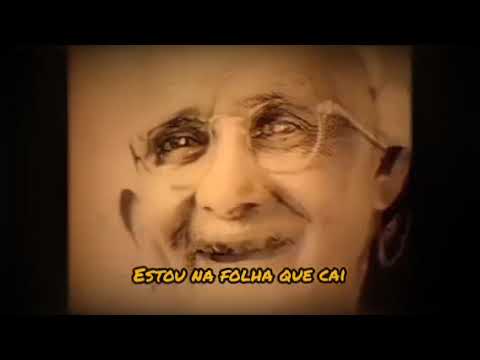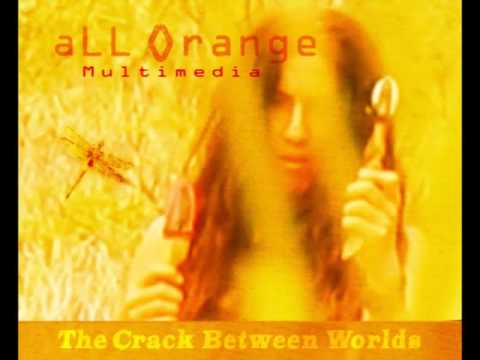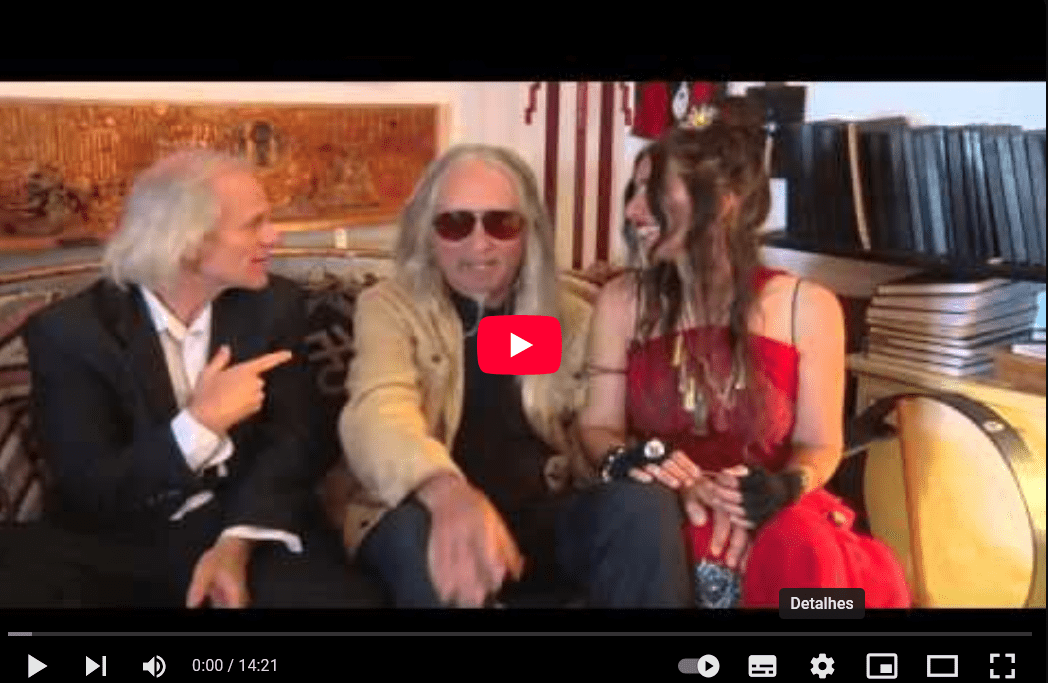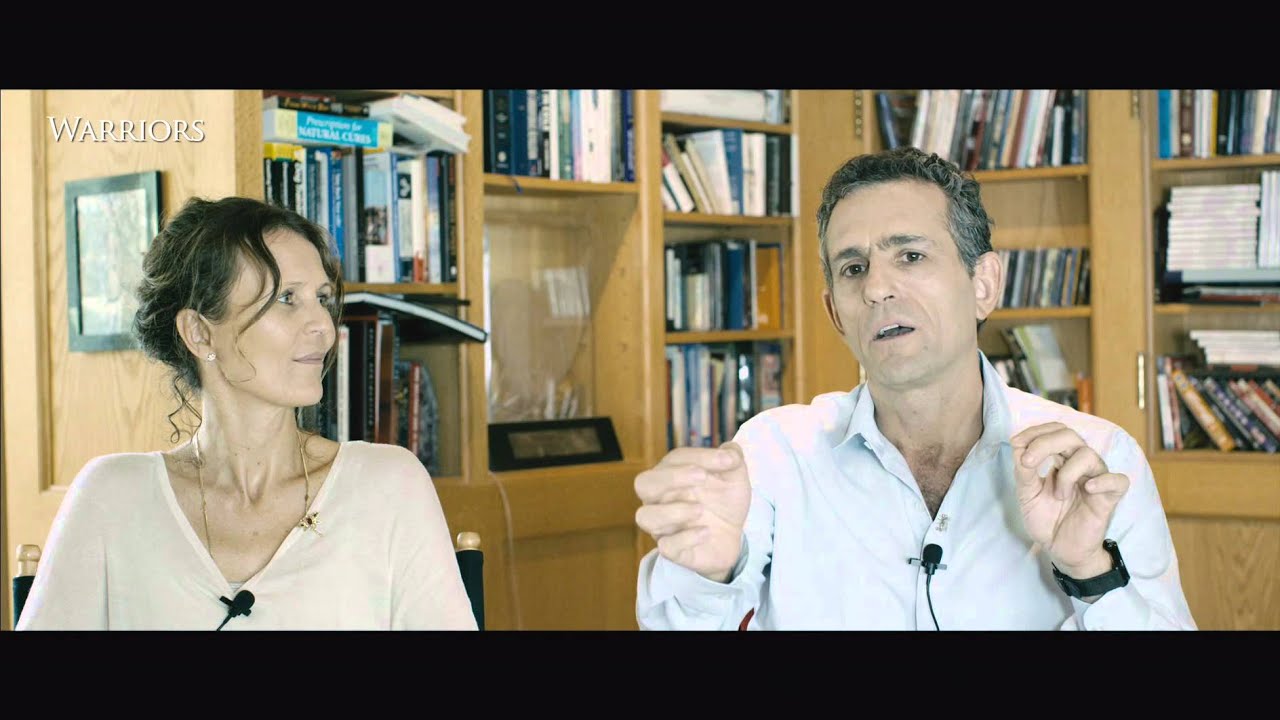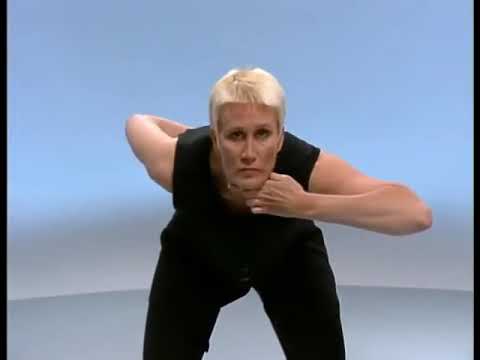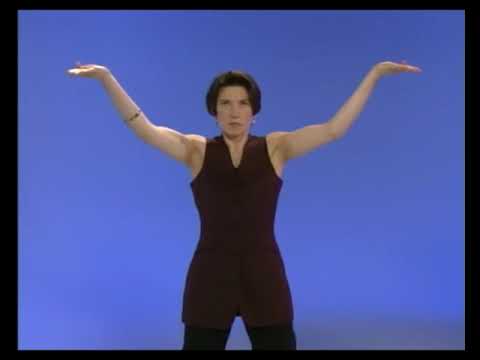Clara teaches Taisha some sorcery passes
The Threshold between Clarity and Power
Recapitulation, the Etheric Network, accessing the Double’s perception and handling it with intent
Examining the enemies on the Path to Knowledge – Part 3: Power
B.U.D – The Great Spirit
Raw Self-Importance
Dreaming is not something impossible, it is a kind of deep meditation
Projecting the Double Through the Blackness
The Eagle’s Gift – The Plumed Serpent
Castaneda and the Witches
Clara teaches Taisha some sorcery passes
Tales of Power – The Strategy of a Sorcerer
Recapitulation, the Etheric Network, accessing the Double’s perception and handling it with intent
Dreaming is not something impossible, it is a kind of deep meditation
Towards the end of his lecture he gave a definition that I…
Projecting the Double Through the Blackness
The Eagle’s Gift – Prologue
New Cycle
SHOQUI GOSHTI: The Revealing of the Door
A docu-dream by Twila Three-Raven Foreseesand Ayakel Jaguar Quetzalcoatl© 2020 Institute of…
The Time of the Nagual
You open your eyes… and you don’t seek the reflection in the…
Daydreaming –When the Intent Speaks in Images
On the Toltec path, what we call devaneio in Portuguese corresponds exactly…
Examining the enemies on the path to knowledge – Part 1: Fear
The path of knowledge IS the path of awareness. Before entering the…
AI and the potentialization of the collective assemblage point movement
Until recently, human beings used to receive, in their daily lives, media…
The Feathered Serpent: Kirk Roberts – Seeing Through The Artist’s Eye
A Docu-Dream by Twila Three-Raven Foresees https://www.youtube.com/watch?v=Nc89ksasGuI https://www.youtube.com/watch?v=b2t6SQatfF4 https://www.youtube.com/watch?v=XT-qJpSqj5o https://www.youtube.com/watch?v=kqCl7VnlmCg https://www.youtube.com/watch?v=ODB4XP4-yiE https://www.youtube.com/watch?v=jvQr32Qz5pI
Study and Practice Groups
Art of Stalking – Online Study and Practice Group (free)
Art of Intent and Awareness – Online Study and Practice Group
Interviews
Exercises
Carlos Castaneda’s Tensegrity – Volume 1
https://youtu.be/Ke2CR44kHJw?si=Wb2q_fSXDmkZpng-…
Carlos Castaneda’s Tensegrity – Volume 2
https://youtu.be/BZnRh8s1wx8?si=piL__TOUGnv3MnLz…
Toltequity Today
Institute of Perception Productions
The Institute of Perception is located in the Sonora desert, a place…
Tecolote
Doblez (Double Awareness)
Doblez proposes a bridge between the Toltec tradition and humanity in general…
About Nagualism
Nagualism, or Toltec Shamanism, is a knowledge that originated more than 10 thousand years ago, in the region that today corresponds to Central America and part of South America. In general, in the period known as the cycle of the “ancient seers”, practitioners developed their capacity for perception to levels inconceivable for modern humans, mainly through the use of power plants, interaction with non-organic entities, and lucid dreams, creating the foundations of what became known as the Art of Dreaming. Centuries later, when the Toltecs were successively invaded by other peoples, including Europeans, the lineages separated and isolated themselves, and generally improved practices aimed at balance, sobriety, and the efficient and strategic use of energy on the physical plane. Thus, they created the foundations of the Art of Stalking, marking the cycle of the “new seers” and the search for Total Freedom. Knowledge of one of these lineages was brought to the cities mainly, initially, by the anthropologist and seer Carlos Castaneda, through his books and those of his group companions, Florinda Donner and Taisha Abelar.
Many terms have no exact parallel in our culture, and you can look at the glossary to get a rough idea of their meanings. Castaneda’s work recounts his experiences and learnings with a Mexican Indian sorcerer named Don Juan Matus and his group of seers. It consists of thirteen books by Carlos Castaneda: The Teachings of Don Juan, A Separate Reality, Journey to Ixtlan, Tales of Power, The Second Ring of Power, The Eagle’s Gift, The Fire from Within, The Power of Silence, The Art of Dreaming, Magical Passes, and The Active Side of Infinity (plus The Wheel of Time, The Purple Book, and Readers of Infinity – a Journal of applied Hermeneutics). In addition to Castaneda’s accounts, the books by Florinda Donner (Being in Dreaming, mainly) and Taisha Abelar (The Sorcerers Crossing, and Stalking with the Double), his group companions, bring rich nuances from the feminine perspective of the path. Encounters with the Nagual, and The Secret of the Feathered Serpent, by Armando Torres, in turn bring the presence of Castaneda as a nagual, and present the perspective of a lineage of Toltec healers, known as “Ticis”.
If you have not read the work of Carlos Castaneda or his companions, and you want to study Nagualism, we strongly recommend that you start by purchasing and reading the books, so that you can practice and gradually enter this knowledge. If you are a woman and tend to have many dreams, you may want to start by reading Being in Dreaming by Florinda Donner. Otherwise, you may want to start with the book The Sorcerers Crossing, by Taisha Abelar. In Castaneda’s work, it is recommended that you start with the first book, The Teachings of Don Juan. There are readers who advocate that you start reading Journey to Ixtlan, as it is the first book where the practices of the warrior’s path are introduced, at least in a clearer way. However, if you want to learn about Nagualism through an approach that is more appropriate for today’s times, and interactive, we recommend that you visit the Toltec Network section, where you can discover and get in direct contact with groups and practitioners that exist today. Sign up for the website’s email list to receive future notices of events, virtual courses, workshops and in-person meetings on Nagualism.
Glossary
Eagle / Dark Sea of Consciousness: the name given by the first seers to the source of everything that exists in the first attention and in the second attention, not because it has any relation to eagles, but only because of a vague similarity that this vision caused them. The Eagle is a cluster of infinite proportions of units of consciousness that exist timelessly in what is called the third attention.
Energetic Body or Double: The counterpart of the physical body. Because it is pure energy, and does not share the limits of the physical body, it has the fluidity and speed of perception necessary to align experiences that defy the limits of what rationality considers possible.
Emanations / Emanations of the Eagle: emanations are how the forms of perception appear before being interpreted sensorially. They are luminous fields that originate from the Eagle or Dark Sea and appear to the observer as an endless multitude of luminous lines that radiate energy and consciousness in all sides and directions.
Dreaming: An art practiced since the times of ancient sorcerers, which consists of taking advantage of the natural impulse of dreams to stabilize the point of attachment in new worldviews/new realities, allowing sorcerers to have enough lucidity within these experiences to be able to consciously explore new possibilities.
Stalking: An art discovered by new seers, which consists of observing with detachment and full attention, cultivating a state of presence, while remaining integrated and participating in superficial interactions and actions. Stalking is one of the arts of the Toltec path, aimed at producing small displacements of the point of attachment, and fixing it in new positions, producing consistent changes.
Intent: This is the name given to the timeless Force that is at the origin of all experiences that exist in Infinity, of all beings, times, spaces, and at all levels of consciousness. When used in lowercase, it generally refers to the ability of living beings to manage their connection with Intent through intention (intent).
Total Freedom: The unconditional freedom to perceive what is intended and also to free awareness from all its perceptual limits.
Nagual: The name given to the aspect of our total being for which there are no words, definitions or limits. Seers divide the Nagual between the Unknown, or Abstract, or second attention – the perceptive multiverse within our reach – and the Unknowable or third attention. Therefore, both the Dark Sea of Awareness and the dreaming double or energetic body are expressions of the Nagual. It is also the name given to beings within a group of practitioners (man, woman, or both) who perform the function of being conduits for the Nagual and leading the group in the search for Total Freedom.
Luminous Egg: name given by Toltec seers to the appearance that a human being has when seen as energy by an observer.
Assemblage Point: name given to the focus of perception, a point of intense luminosity in our energetic body. It selects energy fields to be interpreted according to the position it occupies, determining the way we perceive reality. When it moves from its usual position, total changes are reflected in the way we perceive reality and ourselves.
Rule: laws that govern the impeccable relationship of all living beings with the Eagle, and the way they can reach Total Freedom.
Tonal: name given to the aspect of our total being responsible for bringing order to the realm of perception. The “Personal Tonal” includes our physical body and mind, and the “Tonal Island” includes the entire experience of physical reality.
